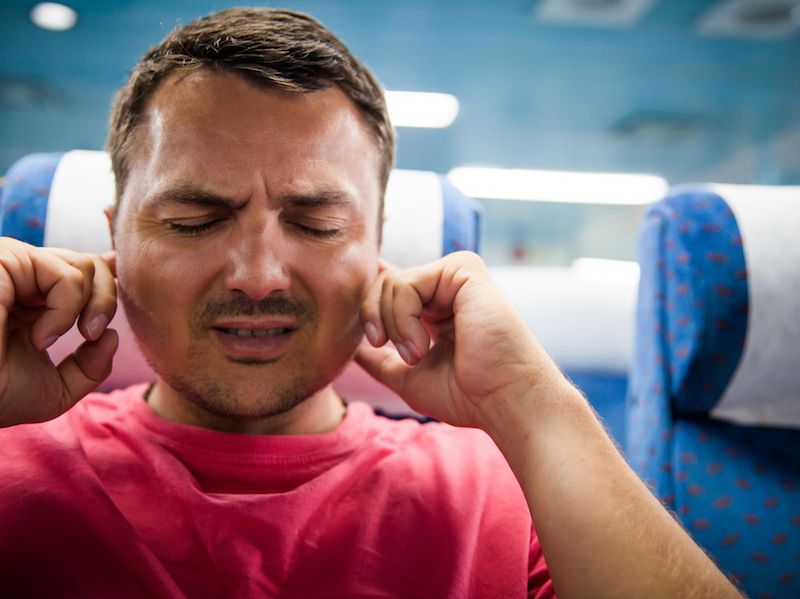
Have you ever been on an airplane and you start to have issues with ear pressure? Where your ears suddenly feel clogged? Your neighbor may have suggested chewing gum. And you probably don’t even know why this is sometimes effective. Here are a few strategies for making your ears pop when they feel plugged.
Pressure And Your Ears
Your ears, as it turns out, do an incredibly good job at controlling pressure. Thanks to a handy little piece of physiology called Eustachian tubes, the pressure of the outside world is able to be regulated, adjusted, and equalized inside of your ears. Usually.
There are some instances when your Eustachian tubes might have trouble adjusting, and inequalities in air pressure can cause problems. There are instances when you could be suffering from an uncomfortable and sometimes painful affliction called barotrauma which occurs when there is an accumulation of fluid behind the ears or when you’re sick. This is the same situation you feel in small amounts when flying or driving around particularly tall mountains.
The majority of the time, you won’t notice differences in pressure. But you can feel pressure, pain, and crackling if your Eustachian tubes aren’t functioning properly or if the pressure changes are sudden.
Where’s That Crackling Coming From?
Hearing crackling inside of your ears is rather uncommon in a day-to-day setting, so you may be understandably curious about the cause. The sound itself is frequently compared to a “Rice Krispies” style noise. In many cases, what you’re hearing is air moving around obstructions or obstacles in your eustachian tubes. The cause of those blockages can range from congestion to Eustachian tube malfunction to unregulated changes in air pressure.
How to Equalize The Pressure in Your Ears
Any crackling, especially if you’re at high altitudes, will normally be caused by pressure imbalances. And if that happens, there are a number of ways to bring your inner ear and outer ear back into air-pressure-balance:
- Yawning: For the same reason that swallowing can be effective, try yawning. (If you’re having difficulty forcing a yawn, just think of someone else yawning and you’ll likely start to yawn yourself.)
- Frenzel Maneuver: If nothing else is effective, try this. Pinch your nose, close your mouth, and make “k” noises with your tongue. You can also try clicking to see if that helps.
- Toynbee Maneuver: This is really just a fancy way of swallowing. Pinch your nose (so that your nostrils are closed), close your mouth, and swallow. Sometimes this is somewhat simpler with a mouthful of water (because it forces you to keep your mouth shut).
- Try Swallowing: The muscles that trigger when swallowing will force your eustachian tubes to open, equalizing the pressure. This, incidentally, is also why you’re told to chew gum on an airplane; the swallowing is what equalizes the ear and chewing makes you swallow.
- Valsalva Maneuver: If you’re still having trouble, try this: pinch your nose shut your mouth, but instead of swallowing, try blowing out (don’t let any air escape if you can help it). Theoretically, the pressure should be equalized when the air you try to blow out travels over your eustachian tubes.
Devices And Medications
If using these maneuvers doesn’t help, there are medications and devices that are specially made to help you handle the pressure in your ears. Whether these medicines and techniques are right for you will depend on the root cause of your barotrauma, in addition to the degree of your symptoms.
At times that might mean special earplugs. In other cases, that might mean a nasal decongestant. Your situation will determine your remedy.
What’s The Trick?
Finding what works best for you and your eustachian tubes is the real trick.
But you should schedule an appointment for a consultation if you can’t shake that feeling of obstruction in your ear. Because hearing loss can begin this way.
